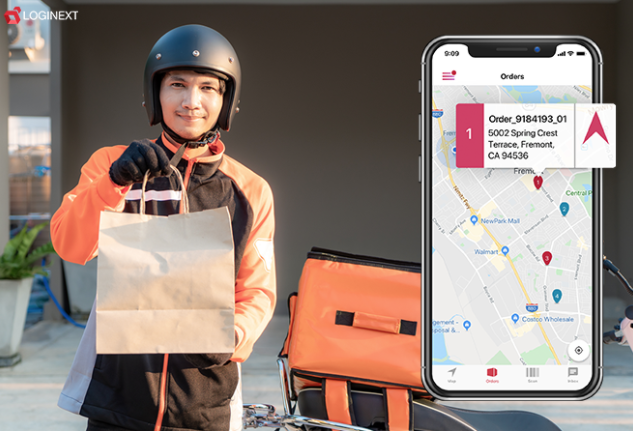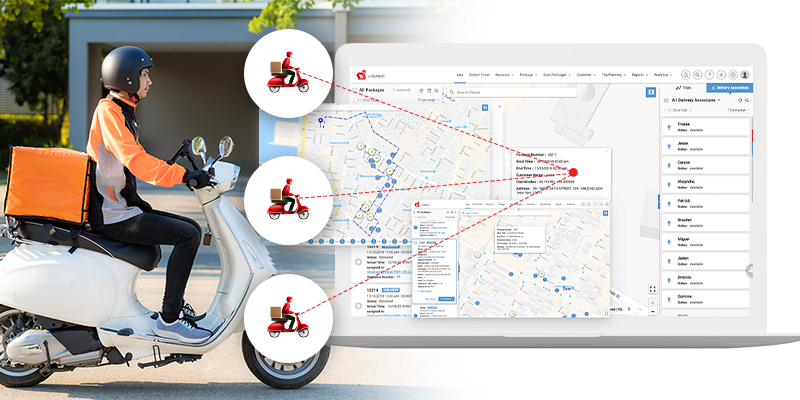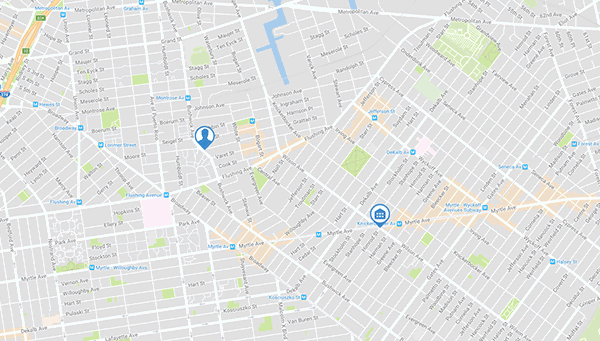Technology Key to Making the Last Mile Affordable
This article was first published on foodlogistics.com. The link to the article can be found here.
The last-mile delivery segment has exploded in the last few years. In 2021, the global last-mile delivery market stood at over $115 billion in size and is expected to cross $200 billion by 2025. What is the last-mile delivery? Well, it is the last leg of the entire delivery chain where goods or parcels are delivered from the store or hub into the hands of waiting customers. Although any end-to-end delivery has several legs in the entire chain, the last leg is the one with the highest number of variables and accounts for more than 50% of the entire delivery cost.

Why is the last mile so expensive?
There are several reasons why the last mile is expensive. If we look at the entire journey, the first mile (factory to hub/warehouse) and the middle mile (hub/warehouse to hub/store) are usually standard locations like factory/store and distribution hub, or between two or more hubs. These are identified routes already pre-optimized and distances are generally longer. For the last mile, however, there are multiple factors like traffic conditions, weather patterns, order surges, order cancellations, and a multitude of possible routes all of which influence the actual delivery route and ETA, which make it difficult to optimize. Some of the major reasons can be listed as:
Failed deliveries. As per a survey of 200-plus global enterprises conducted by LogiNext, 15% of all orders are not delivered on the first attempt. This generally happens either because the end customer is not available or due to incorrect address mapping.
Inefficient routing. A solution like Google Maps can route for up to 10 destinations but when the number of stops and the number of orders runs into tens of hundreds, route optimization technology becomes critical. Manual routing has its limitations and often is not the most optimum route in terms of distance or time.
Customer expectations. The entire quick commerce surge has pushed the boundaries of expectations in terms of speedy delivery and this puts more pressure on the entire delivery chain.
Driver shortages. The rise in online deliveries has not been accompanied by a corresponding rise in the number of drivers. Right from the first mile to the last mile, the shortage of drivers across the globe calls for technology solutions to optimally utilize the limited resources that are available.
Technology can overcome these limitations
Owing to the manual nature of how things were done, there are a lot of inefficiencies that creep into the planning. For instance, till very recently, for large food service and quick-service restaurant brands, an order would be assigned to a driver only after he/she has completed an order and comes back to the store. In a time where every minute counts, technology solutions that assign orders dynamically save precious minutes and help to deliver many orders per day, and these orders are definitely delivered much faster.

For last-mile deliveries, a complete technology solution takes care of end-to-end delivery management.
One of the biggest upsides of a technology solution is the ease of use it brings. A lot of processes in the last-mile delivery have been disjointed and manual, which leads to numerous errors.

The likes of delivery services have made app-based communication ubiquitous and traditional brands can now implement technology solutions to take control of their own deliveries. One of the downsides of reliance on third-party apps for deliveries is the rising commissions. To overcome this, a lot of traditional brands are undergoing a digital transformation to take ownership of their deliveries and control the delivery experience. And a white-labeled technology solution goes a long way in enabling this.
To summarize with an example, consider a fast-food restaurant chain that wants to enter the quick home delivery space. Onboarding own delivery partners and setting up IT systems to manage them is a huge investment. With a technology solution like a delivery automation platform, they have a one-stop solution where they can integrate carriers (more delivery drivers), take in orders from aggregators (better order management), and have a great digital end customer experience (white-labeled solution). The platform also optimizes routes for deliveries and gives quantified figures for the reduction in distance traveled, reduction in delivery cost, improvement in speed of delivery, and a reduction in the carbon footprint.
166







@LogiNext